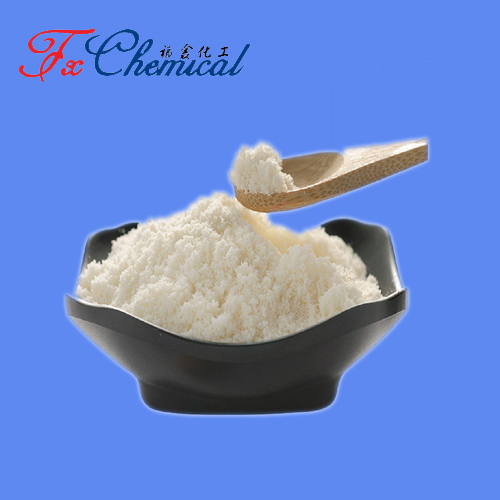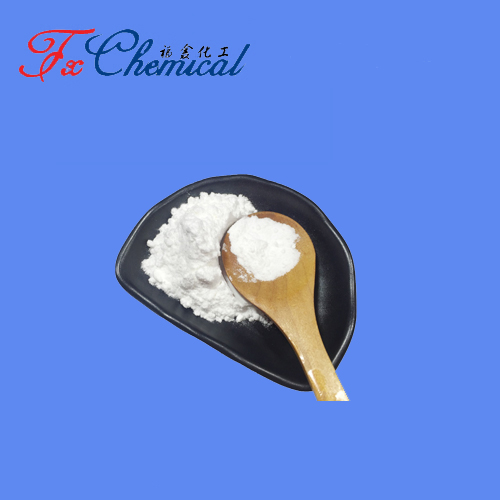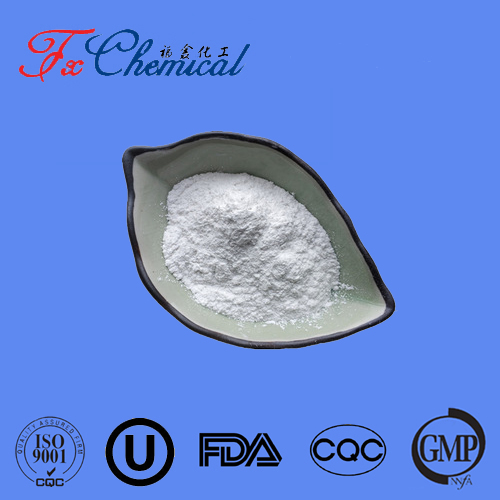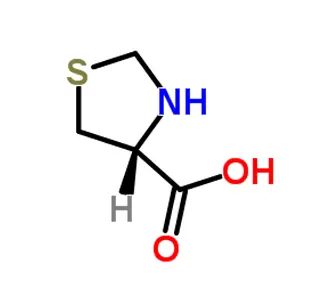
Search

Search

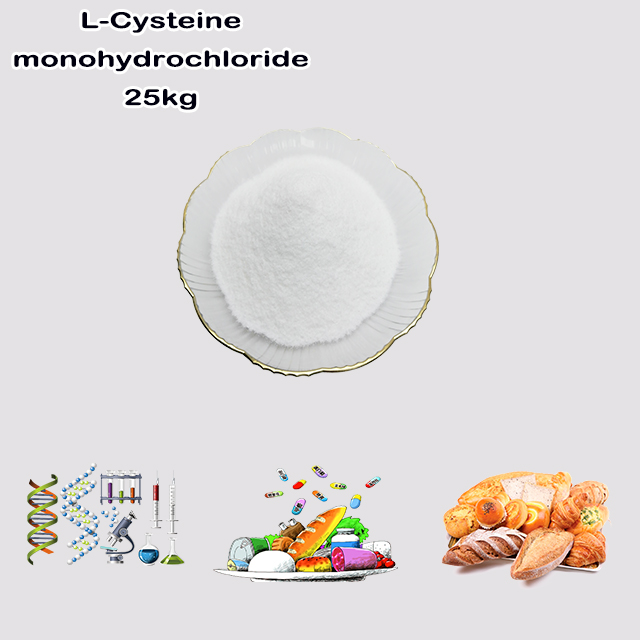
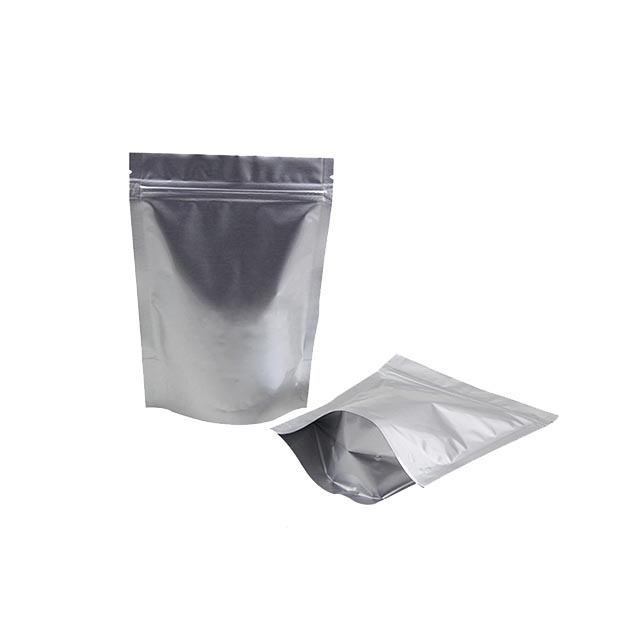
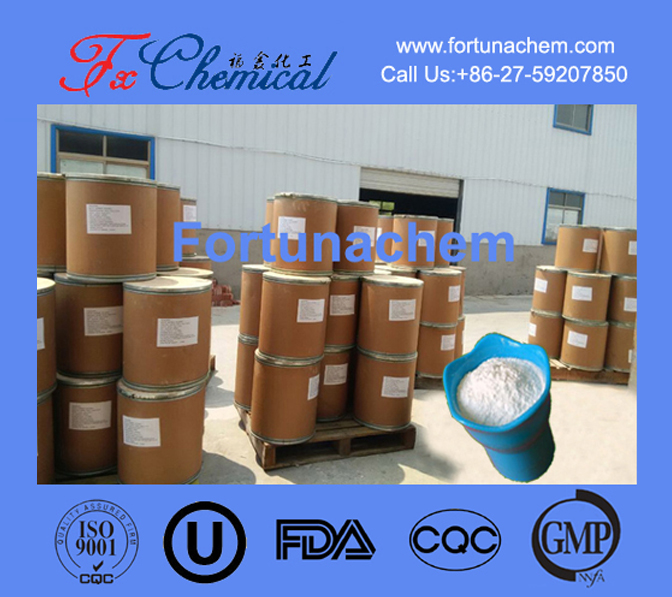
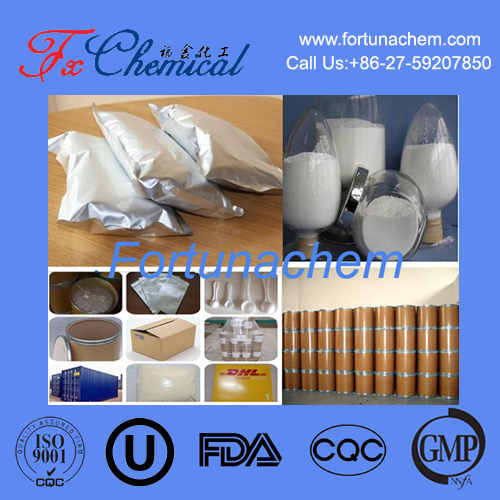
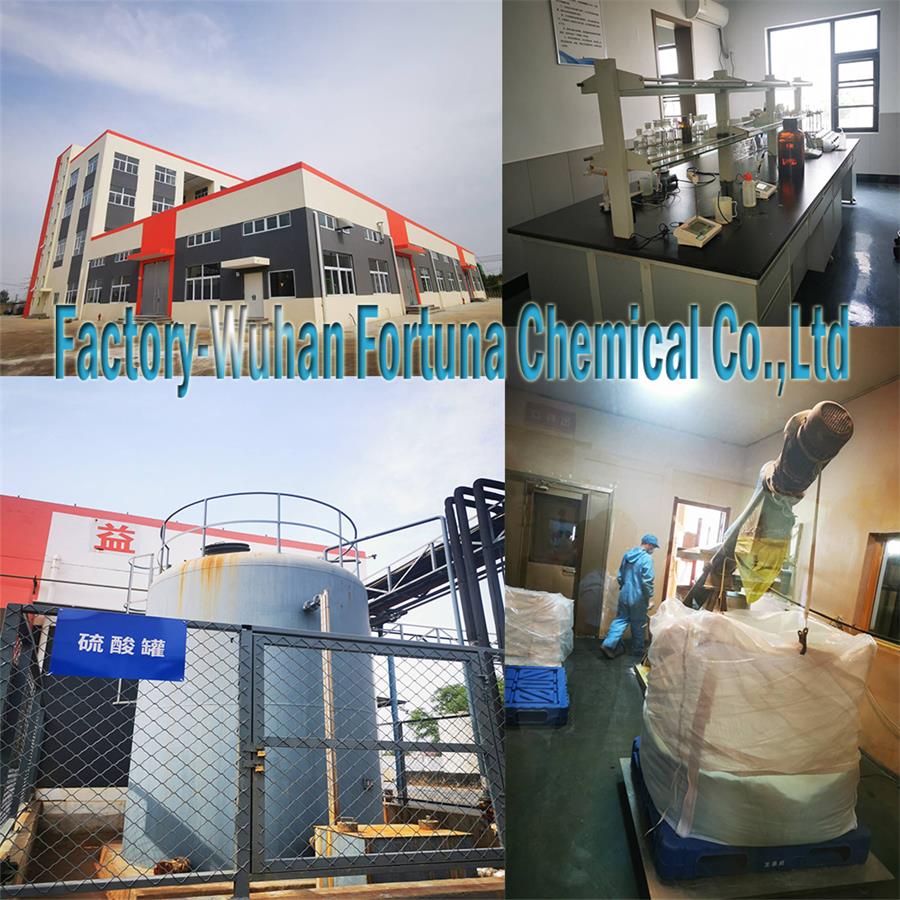





L-Cysteine Monohydrochloride (L-Cysteine • HCl) is the water-soluble, stable hydrochloride salt form of the semi-essential amino acid L-Cysteine.
Key Properties: White crystalline powder, more soluble and less prone to oxidation than pure L-Cysteine.
Primary Use: Major dough conditioner in baking (E920). It breaks gluten bonds, making dough easier to handle, reducing mixing time, and yielding softer bread with better volume and shelf-life.
Other Uses: Flavor enhancer, antioxidant in food; precursor for glutathione in supplements/pharma; used in cosmetics (hair treatments).
Production: Primarily via fermentation (microbes) or hydrolysis of feathers (ethical concerns with historical human hair use).
L-Cysteine monohydrochloride is the hydrochloride salt form of the amino acid L-Cysteine. Here's a detailed breakdown:
Chemical Identity:
Base Molecule: L-Cysteine is a naturally occurring, sulfur-containing amino acid. It's semi-essential (humans can synthesize it from methionine, but sometimes dietary intake or supplementation is beneficial).
Salt Form: The "monohydrochloride" part means one molecule of hydrochloric acid (HCl) has reacted with the amino group (-NH₂) of the cysteine molecule. This creates a salt, typically written as L-Cysteine • HCl or C₃H₇NO₂S • HCl.
Molecular Formula: C₃H₈ClNO₂S
CAS Number: 52-89-1
Key Properties:
Solubility: Much more soluble in water than free L-Cysteine itself. This is the primary reason for its use – it dissolves easily for industrial processes and in the body.
Stability: The hydrochloride salt form is generally more stable and less prone to oxidation than free cysteine, which oxidizes easily in air to form cystine.
Appearance: Usually a white crystalline powder.
Odor: Characteristic sulfurous odor (like rotten eggs), though often faint.
Production:
Human Hair: This was a major source in the past, raising ethical and religious (Halal/Kosher) concerns.
Poultry Feathers: A more common and acceptable source today.
Hog Hair/Bristles.
Hydrolysis: Historically produced by hydrolyzing keratin-rich proteins. Common sources included:
Fermentation: Increasingly, L-Cysteine is produced commercially through microbial fermentation using sugars and specific bacteria or fungi (like E. coli strains). This method is more sustainable, avoids ethical concerns, and is suitable for vegetarian/vegan claims (depending on the microorganism and growth medium).
Synthesis: Can also be synthesized chemically, but fermentation is dominant for the L-form used in food/pharma.
Major Uses:
Precursor for the body's synthesis of glutathione, a crucial antioxidant.
Used in some drugs (e.g., mucolytics like acetylcysteine for breaking down mucus).
Found in dietary supplements for hair, skin, and nail health, detoxification support, and antioxidant benefits.
Dough Conditioner: Acts as a reducing agent, breaking disulfide bonds in gluten proteins. This makes dough:
Flavor Production: Used in reaction flavors (e.g., meat flavors) and to enhance savory notes.
Antioxidant: Can act as an antioxidant synergist (often with ascorbic acid), helping preserve food color and flavor.
More extensible (easier to stretch/roll)
Less elastic
Reduces mixing time
Results in softer bread with finer texture, larger volume, and longer shelf-life.
Food Industry (Most Common Use - E920 in EU):
Pharmaceuticals & Supplements:
Cosmetics: Used in hair waving/straightening products (permanent waves) and skincare products for its antioxidant properties.
Animal Feed: Added to improve protein quality and as a source of sulfur.
Safety & Regulations:
Generally Recognized as Safe (GRAS): Approved for use in food by the FDA (USA) and EFSA (EU), subject to specific usage limits.
Acceptable Daily Intake (ADI): EFSA established an ADI of 0.7 mg/kg body weight per day for L-Cysteine and its hydrochlorides and sodium salts used as food additives.
Potential Sensitivities: While generally safe at approved levels, some individuals may experience digestive upset (nausea, diarrhea) or headaches. High doses can potentially be problematic.
Sourcing Concerns: The historical use of human hair (especially from questionable sources) led to significant controversy. Fermentation-derived or feather-derived sources are now standard and avoid these issues. Always check sourcing if Halal, Kosher, or Vegan status is important.
In Summary:
L-Cysteine monohydrochloride is a water-soluble, stable salt form of the amino acid L-Cysteine. Its primary use is as a dough conditioner in baking (making dough easier to handle and bread softer/lighter), but it's also important in flavor production, pharmaceuticals, supplements, and cosmetics. While safe for most people at regulated levels, its historical sourcing caused concerns that are largely addressed by modern production methods (fermentation, feathers).

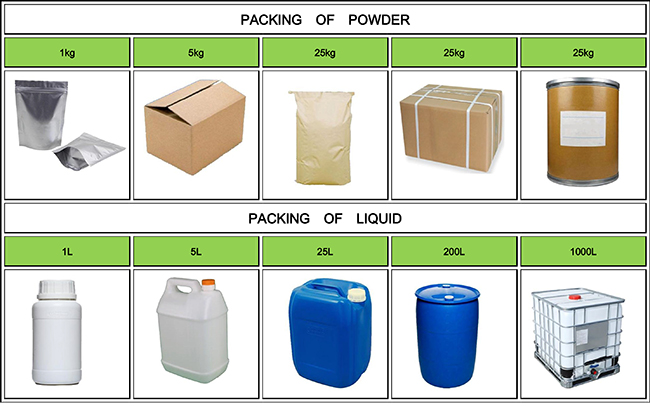
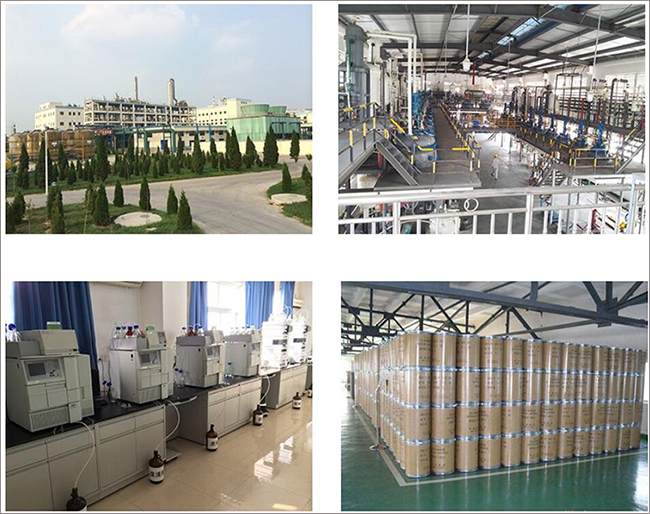

Fortunachem Provides Not Only Professional Chemical Products But Also Professional Help
Keeping you up-to-date with all the latest information, news, and events about Fortunachem!

Quick Links
Add:
E-mail:
 English
English  Español
Español  français
français  العربية
العربية 